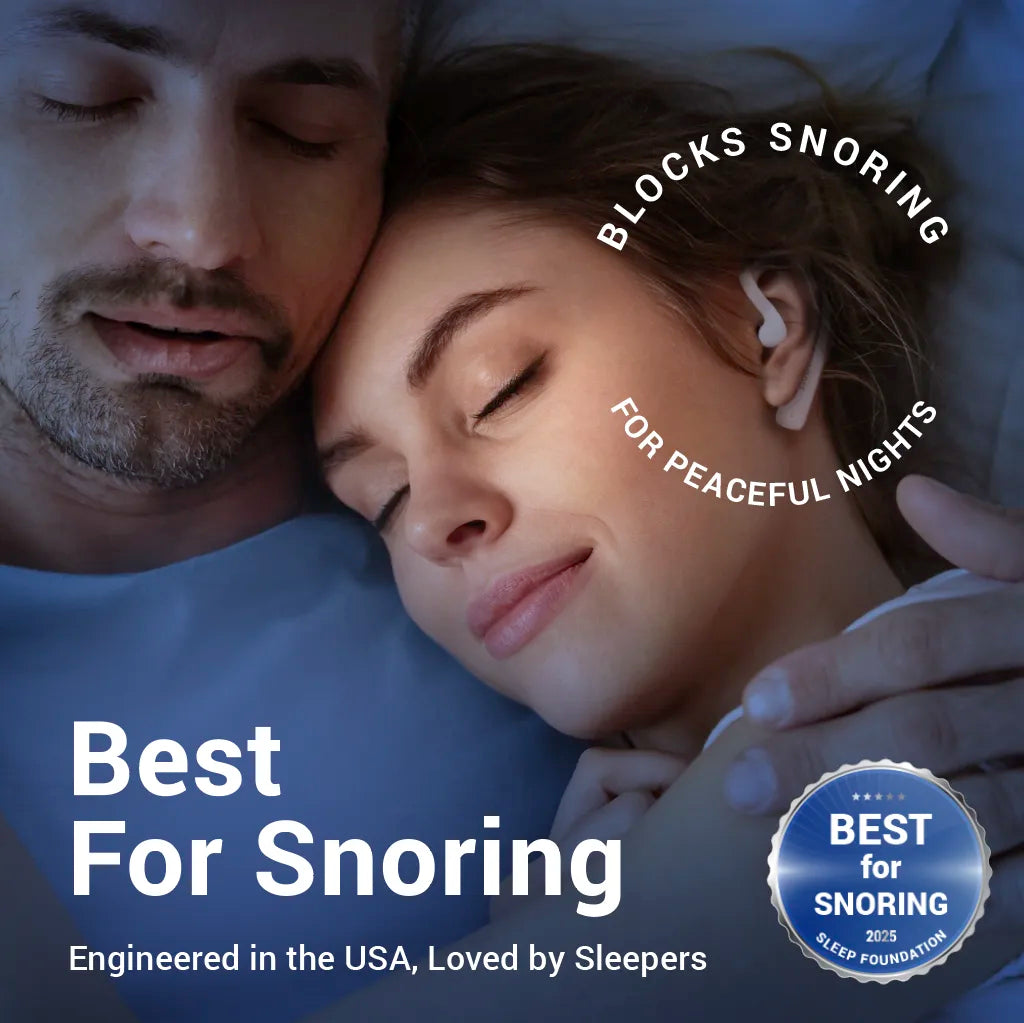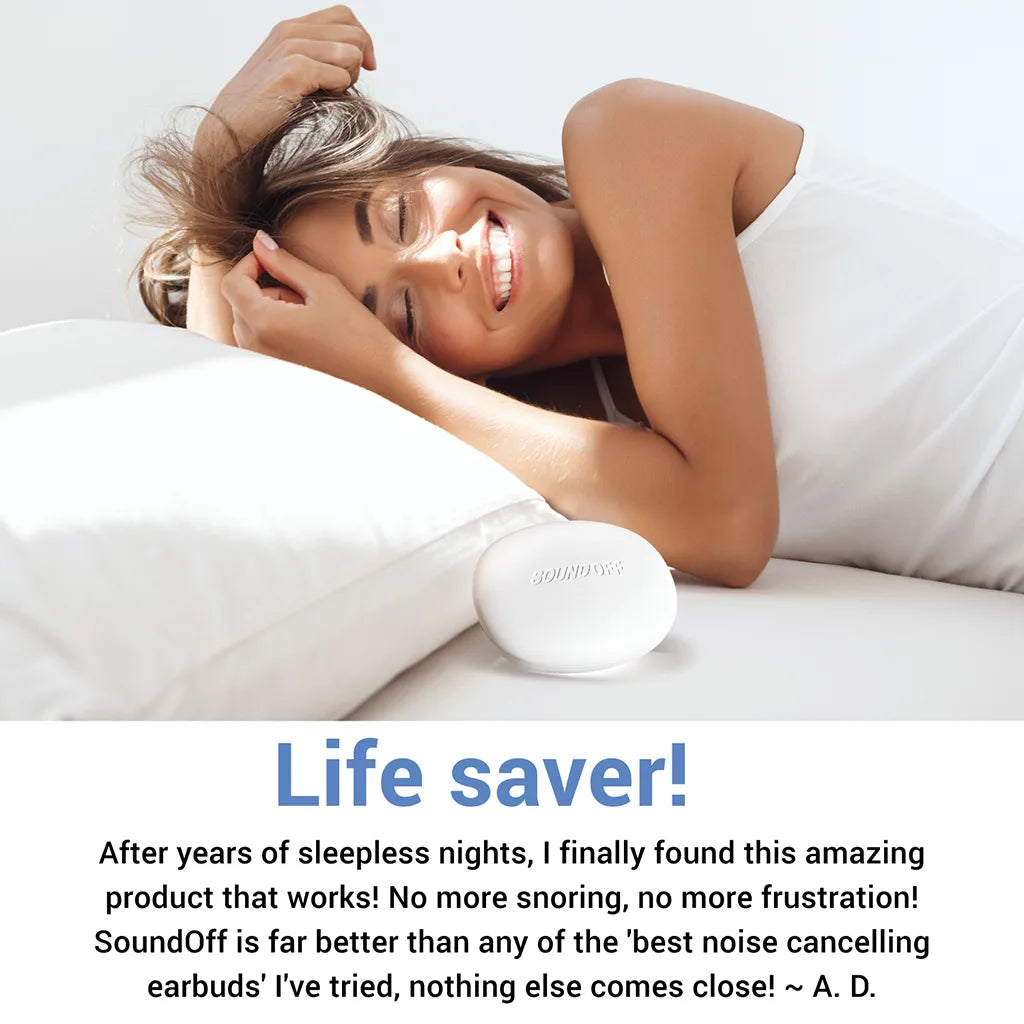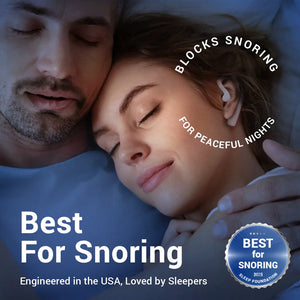
Introduction:
Sleep disorders are very common in America. Some research shows 70 million Americans suffering from one kind or another and 40 million suffering chronic sleep disorders. It is estimated that more than 75% of Americans aged 20-59 have said they have sleeping problems. And the National Sleep Foundation reported that 71% of Americans aged 50-64 also said they have sleep problems.
The Centers for Disease Control (CDC) has identified insufficient sleep as a national health epidemic.
These disorders cause not only health problems but also possible dysfunction during waking hours, which is especially dangerous when operating machinery, driving a vehicle, or being responsible for medical, safety or security functions.
It is a growing problem, and one which is coming under more and more scrutiny as both private and public organizations continue to study the enormous impact of sleep disorders not only on individual health but on society in general.
One such organization is the American Academy of Sleep Medicine (AASM) which has been studying sleep disorders since 1970. The AASM has developed categories that have been helpful to researchers for further delving into the causes and effects of the problem.
Sleep Disorders Categorized
There are at least 100 different kinds of sleep disorders. They range from difficulty sleeping at night to difficulty staying awake during the day. The AASM, working with European and Asian sleep research organizations, have published the International Classification of Sleep Disorders (ICSD).
The ICSD identifies 6 classifications of sleep disorders:
- Insomnia
- Sleep-related breathing disorders
- Central orders of hypersomnolence
- Circadian rhythm (sleep-wake disorders)
- Parasomnias
- Sleep-related movement disorders
Insomnia
The ICSD identifies insomnia as a repeated difficulty in initiating sleep, maintaining it, or having sufficient quality of sleep, with the result being some kind of impairment during the daytime. It’s the difficulty of falling asleep or staying asleep.
Insomnia can be isolated, short-term or chronic. Studies have shown that 30-35% of adults may have some form of insomnia. It can affect work performance the next day, cloud decision-making, and affect the safety of others. It can also negatively affect relationships.
Insomnia is more common in older adults, especially those with medical and/or mental health problems, but it exists in children as well.
There are certain medical conditions that can lead to insomnia. The list includes nasal congestion, allergies, arthritis, asthma, and chronic pain/ back pain.
Some medications can also lead to insomnia, including those for high blood pressure or other heart disease, thyroid disease, birth control, or depression.
Sleep-Related Breathing Disorders
This category of sleep disorders includes those that come from a lack or breathing effort or from an obstruction of the airways. Probably the most well know disorder of this kind is obstructive sleep apnea, which can occur in children or adults.
Obstructive sleep apnea blocks breathing in the upper airways during sleep, causing sleep interruptions and possible intermittent stopping of breathing. It causes loud snoring and can affect the sleep of others in a household.
This kind of apnea leads to problems the next day including difficulty in concentrating, drowsiness and mood swings.
Central Disorders of Hypersomnolence
Basically, this category describes daytime sleepiness not caused by previous nocturnal problems or “misalignments” to circadian rhythms.
One of the most serious sleep disorders, narcolepsy, comes from this category. Narcolepsy causes a brain dysfunction to the mechanism that controls sleeping and waking.
A person with narcolepsy can fall asleep almost anytime – while walking, climbing stairs, driving, having a conversation, or at work.
People with this disorder can have hallucinations, muscle fatigue and deterioration, and fainting.
Circadian Rhythm Disorders
Circadian rhythm is a natural phenomenon for all humans, plants and animals. It is roughly a 24-hour cycle with the state of being awake associated with sun and light, and the state of sleeping associated with darkness/ no light.
The body senses when it is daytime and wants to be awake. When the sun sets and it starts to get dark, the body knows it’s about to go to sleep.
This natural rhythm can get out of sync, and this causes potential problems when it does, including insomnia and daytime sleepiness.
A typical situation that can cause a circadian rhythm disorder is jet lag. Traveling to a different time zone can cause havoc with a person’s internal time clock. It can take several days to overcome jet lag. And in the meantime, the person can experience fatigue, nausea, headaches and insomnia.
Parasomnias
Parasomnia is defined as an unwarranted physical action or movement during sleep and includes such disorders as night terrors, talking in one’s sleep, and sleepwalking.
Night terrors are similar to nightmares and often occur in sleeping children. The difference between them is that a night terror may cause a child to scream, kick or act as in a panic. The child may not notice a parent in the room and probably will not recall the event.
Sleepwalking occurs mostly in children and happens when the brain goes into a deep sleep while the body acts as though it’s awake. An episode lasts 5-10 minutes, and children normally outgrow it when they become teenagers.
Parasomnias also refer to unwanted events that take place when falling asleep or waking up. These can include confusion arousal where waking people aren’t aware of their surroundings or don’t know what they are doing.
Parasomnia includes REM disorder when the person acts out vivid dreams by kicking or flailing, etc. And it includes sleep paralysis where a person can’t move while falling asleep or waking up. Nightmares and bed-wetting also fit into this category.
Sleep-Related Movement Disorders
This category of disorders refers to what are often repetitive movements during sleep that interrupt sleep continuity. The category includes restless leg syndrome, periodic limb movement, leg cramps, and similar events.
Restless leg syndrome causes the lower leg to burn, itch, ache or twitch during sleep, and affect mostly middle-age and older adults. It creates a tingling feeling and makes the person with the disorder want to move. It usually occurs in both legs and sometimes in the arms (restless arm syndrome).
The disorder can also cause the person to keep moving to alleviate the sensation. This can result in constantly moving the legs in bed, tossing and turning, or getting up and pacing the floor.
Sleep disorders are serious health threats to individuals and can have significant negative consequences for not only the person involved, but his or her partner and family, and by association, everyone they come in contact with. It can amount to, as the CDC pointed out, a societal epidemic.



































